This lively, honest book is a pleasure to read and easy to digest. Journalist David Ropeik demystifies the common mental and social mechanisms humans use to evaluate danger. He explains how people often misrepresent and misunderstand possibly perilous circumstances and tells you how to weigh potential risk more accurately. Some explanations are too long and some “risk perception factors” are a bit similar, but, that noted, Ropeik’s many insights are so instantly applicable that any reader will find them useful. getAbstract recommends his book to anyone involved in risk management and social policy, and to all consumers of the news.
Perception and Risk
Everyone feels fear sometimes. If someone told you that a contaminant in your workplace could give you cancer, you might leave your office, even if you know that the risk is incredibly small – and even if you already do far more dangerous things, like smoking. Most people who try to evaluate risk suffer a dangerous “perception gap,” though they are not cognizant of it. This gap can lead you to evaluable possible harm inaccurately. To grasp such a situation correctly, you must know how human beings respond to risk. If you find yourself in a risky situation, before you can even think it through, you’ll feel a surge of fear. Your body’s “risk response” system will combine your “feelings and intuition and gut reactions” with your “deliberate, conscious thinking.” Evolution shaped this system, so you’ll react to contemporary threats the way your ancestors responded to physical threats. This can lead to “risky personal behavior,” and to public policies that address the perceptions of risk, but not the society’s real hazards.
The Biology of Fear
When you’re frightened, your body reacts: Your heart beats faster, you breathe rapidly, your digestion...











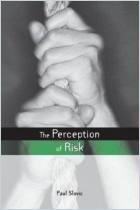
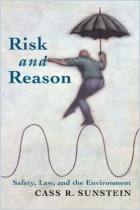
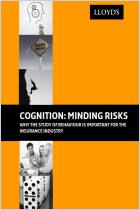
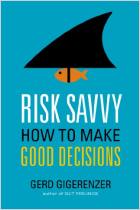
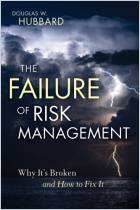
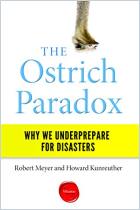





Comment on this summary or 开始讨论